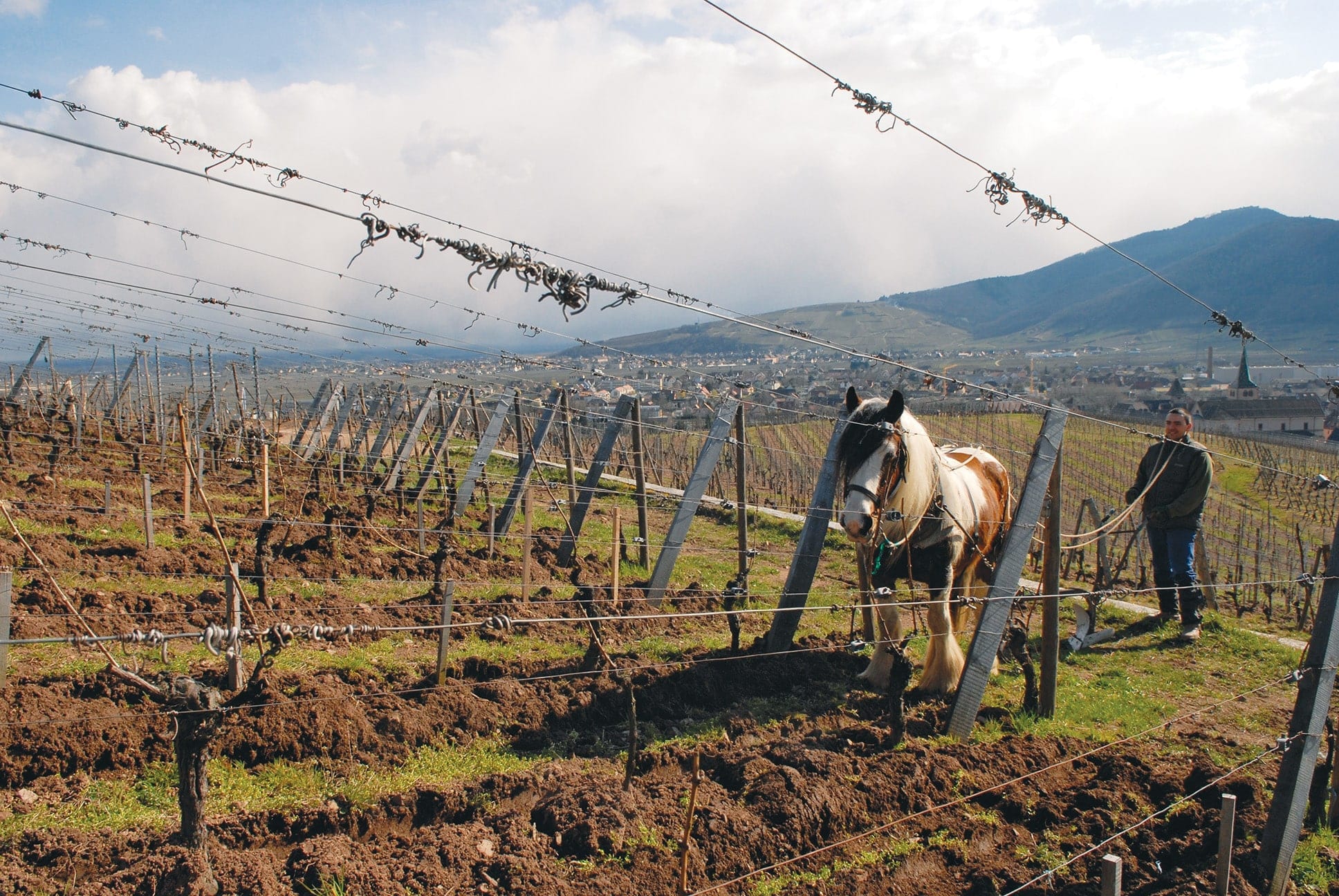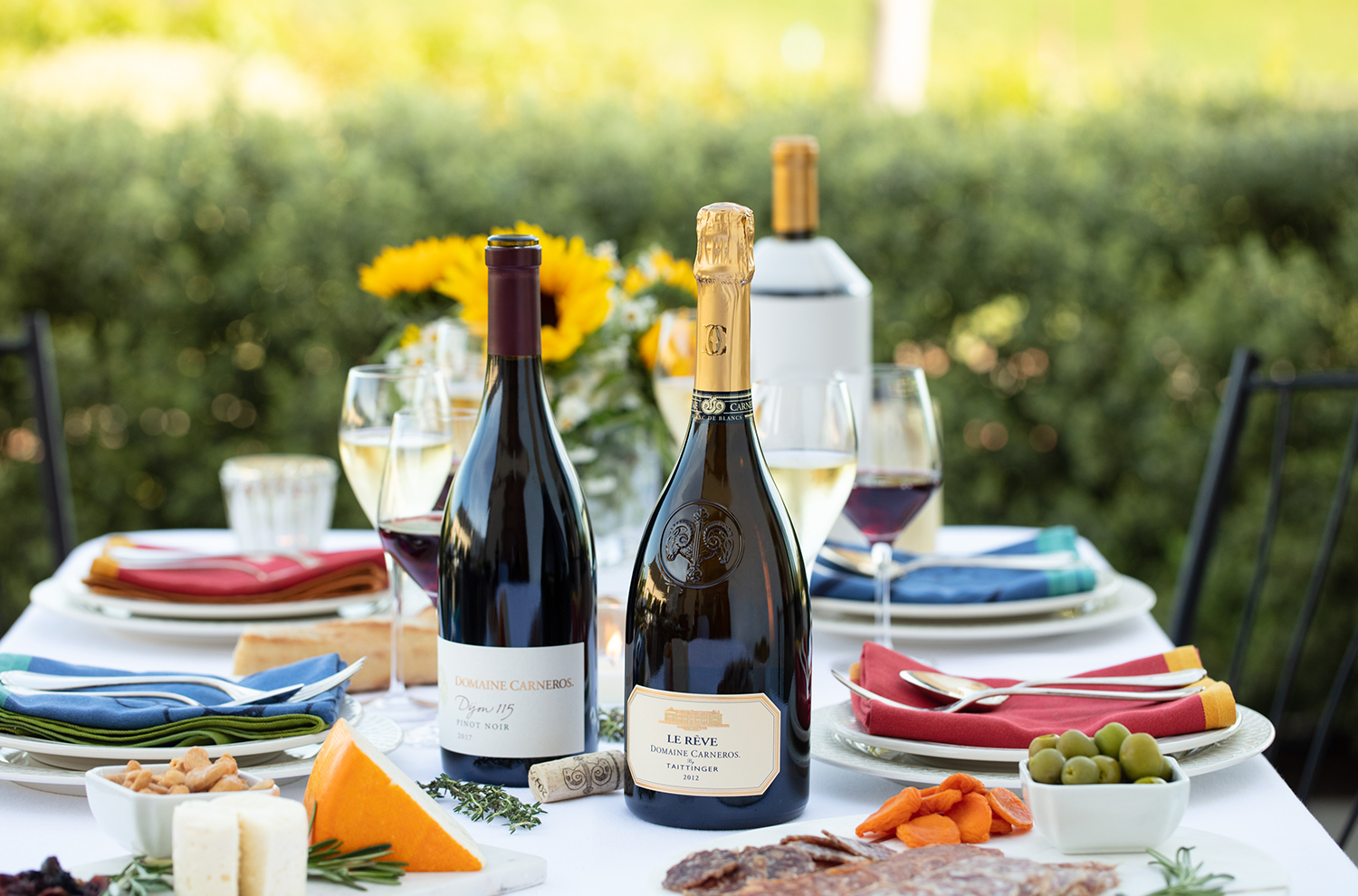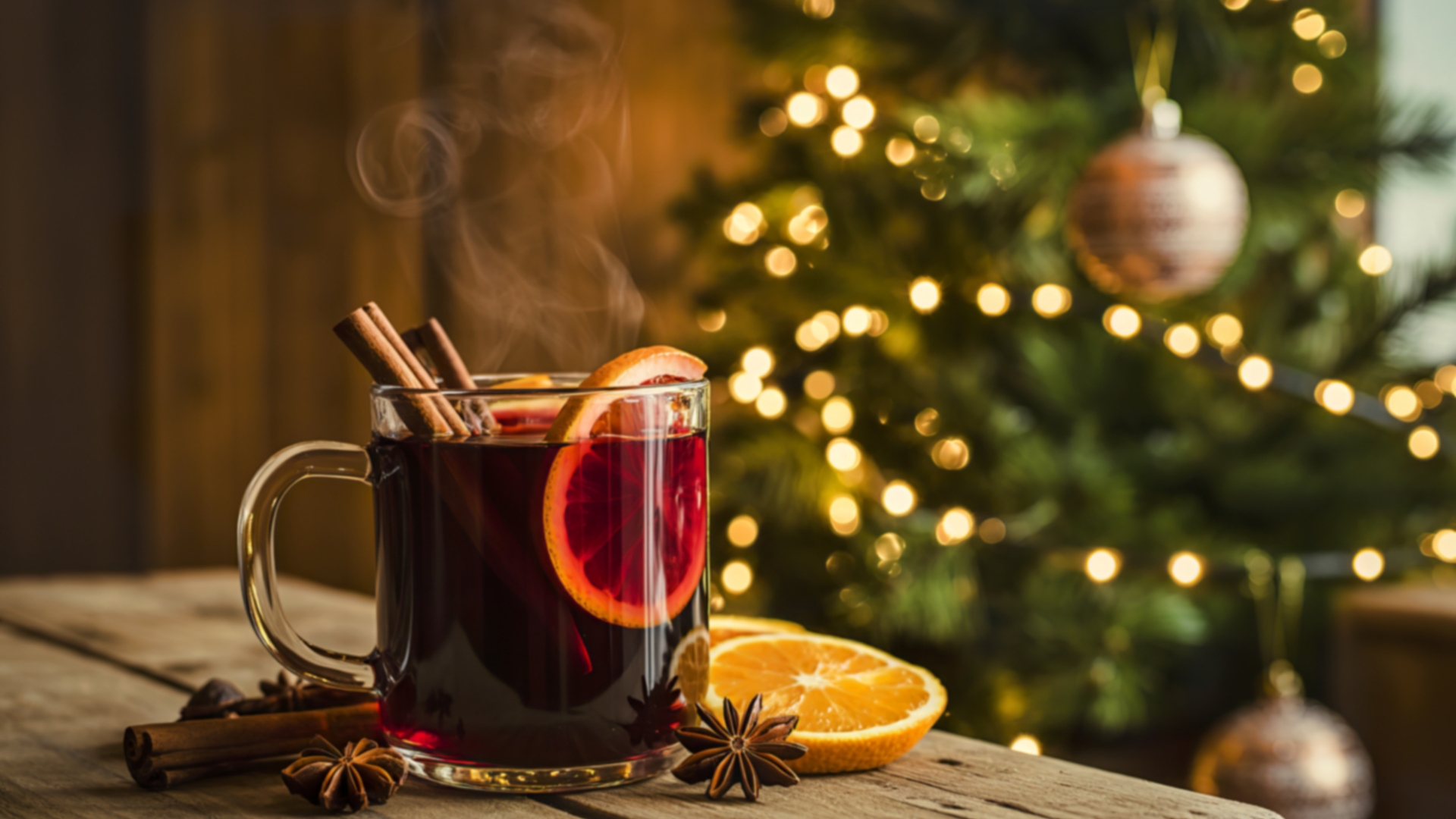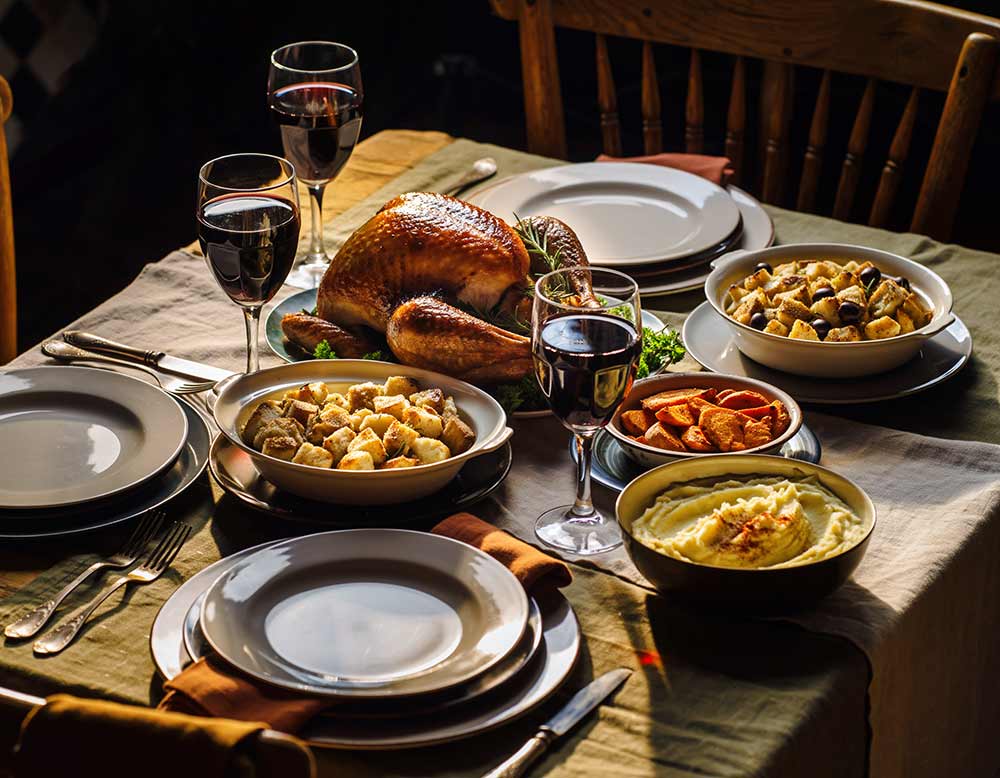As our calendars turn the page to April, we’ve recently passed roughly the one-year mark since COVID-19 entered and disrupted our daily lives. However, with vaccination rates rising steadily in the U.S., it appears as though the end is finally in sight. In the early days of the crisis, as I quarantined in what became one of the global epicenters of the virus (New York), I wrote about what was taking place and how the spirit of solidarity and necessary collective action mirrored the message of an approaching holiday—Earth Day:
“Our world has seen unprecedented changes occur at a breakneck pace over the past few weeks. However, we have witnessed both individuals and communities make personal sacrifices for the greater good. These actions embody the spirit of Earth Day, a global celebration of environmental awareness which is observed on April 22nd.
“While our attention has been focused on the human costs of COVID-19, it’s hard to ignore the recent changes in the environment, from clearer airs to cleaner waters. Although these shifts are not tenable in the long-term, they have made us more cognizant of our impact on the Earth.”
Upon revisiting these comments, it feels almost surreal to contextualize what we were expecting at the start of the pandemic versus what we’ve seen in the past year. In terms of quantifying the environmental shifts that occurred in the early onset, Tanjena Rume and S.M. Didar-UI Islam conducted a comprehensive study six months after the outbreak manifested within the U.S. They found that the pandemic had had both profound positive and negative impacts on the global ecosystem.
Positive Changes:
- Water pollution decreased significantly due to reduced emissions and shipping channel activity.
- Noise pollution has dramatically gone down in both developed and developing nations alike.
- Air quality has improved, especially in Europe, due to the substantial reduction in carbon emissions.
Negative Changes:
- Healthcare waste has gone up considerably, due to people not disposing of medical and cloth masks responsibly.
- The widespread dissemination of disinfectants may have an adverse impact on native species of animals.
- Household waste from materials shipped directly to homes has increased by a significant degree.
Additionally, while I was more skeptical as to the long-term viability of the initial trends, Rume and Islam are more optimistic. They posit that a spirit of international cooperation that prioritizes building green public transport and sustainable industrialization could be the way to make these ecological silver linings permanent:
“[The pandemic] reminds us how we have neglected the environmental components and enforced human induced climate change. Moreover, the global response of COVID-19 also teaches us to work together to combat against the threat to mankind…[But] united and proposed time-oriented effort can strengthen environmental sustainability and save the earth from the effects of global climate change.”
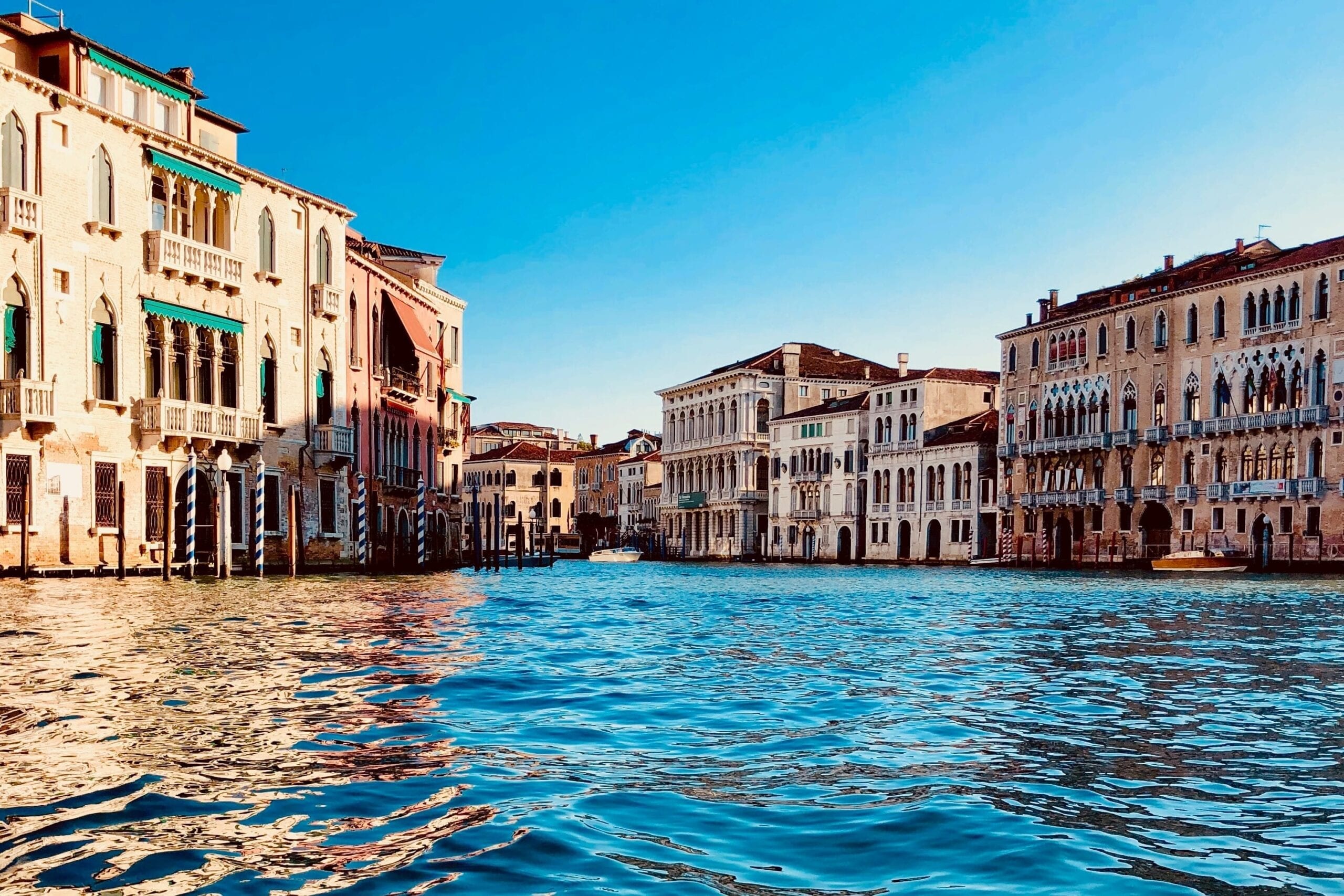
Covid-19’s Effects on the World of Wine
We’ve certainly borne witness to the various economic shifts that have taken place within the wine industry – the near-total curtailment of indoor dining, the move to direct-to-consumer vendors such as Drizly and Wine.com, and the increased difficulty of shipping wines around the world. However, I’d be remiss not to mention the intersection of the economy and the broader winemaking environment, as they are inextricably intertwined.
A clear example of this was the California harvest from 2019. Despite raging wildfires, the state’s wineries actually managed to produce a higher yield than expected – 4.2 million tons, to be exact. This figure is about 7% larger than the historical average yield of 3.9 million. With a booming domestic economy heading into 2020, California winemakers were projecting a sizable base of consumers for their excess supply. Unfortunately, the pandemic had other plans – total revenue for wine in the U.S. declined by 10%.
Delving into the Nitty-Gritty: Sustainable vs. Biodynamic vs. Organic
Shifting gears a bit, I’d like to expand on a few buzzwords within the eco-friendly wine biz: sustainable, biodynamic, and organic. These terms might sound synonymous to the untrained ear, but there are distinct differences that impact how wines are crafted.
- Sustainable wineries try to limit the ecological footprint they leave behind in the process of winemaking to as little as possible. This can take a variety of forms, such as restricting pesticide usage or making the bottles they use out of recycled materials.
- Biodynamic wineries follow strict calendars that take lunar schedules and farming conditions into account. They also replace all external chemicals in their winemaking process with compost and natural soils.
- Organic wineries produce wines that must be made without pesticides and added sulfites.
To delve deeper into the differences in green winemaking, read Red, White, and Green: A Guide to Sustainable Winemaking Practices.
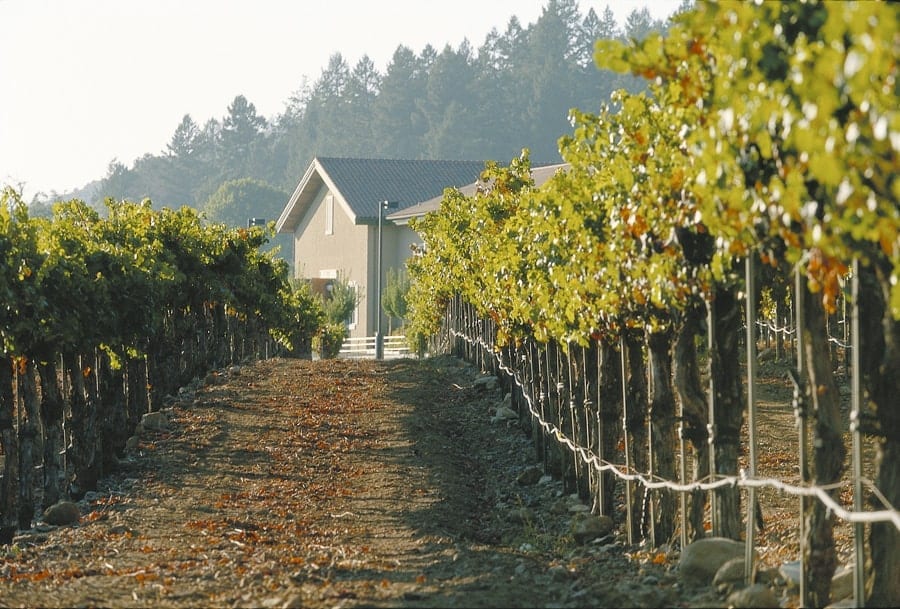
The threat of climate change is always present, and increasing. In the early days of the pandemic, the international pause on manufacturing, transportation, and everyday activities in some of the world’s biggest emitters of CO2 showed us what might be possible with cooperation and planning. This thought process can be extended to the world of wine, albeit on a much smaller scale. Larger coordination is key, but consumers can start by choosing to purchase products from wineries that share their ecological values.
Below are a number of wineries that all contain wines which meet the standards of being Certified Sustainable, Biodynamic, or Organic.
9 Wines and Wineries for Earth Day
St. Francis Winery and Vineyards
- Francis is a leader in sustainable practices in Sonoma County, CA, and is committed to producing the best wines possible while protecting the environment, helping preserve Sonoma County as a world-class wine growing region.
- Introduced a 457-kilowatt solar panel system in 2004 that will reduce CO2 emissions by 4,000 tons over the next three decades.
- Ensures that most of its bottles are comprised of at least 50% recycled material.
- Résonance balances tradition and technology in the vinification process, focusing on the purest expression of Oregon’s Willamette Valley AVA terroir.
- Maintains its name-brand Résonance Vineyard by using organic dry- farming.
- Places an emphasis on biodiversity when determining how to manage its vineyard’s yields.
- Craggy Range exclusively crafts single-vineyard, terroir-driven wines and is a benchmark ambassador for the high quality of New Zealand’s wines. Its farming practices go above and beyond New Zealand’s requirements for Sustainable Farming.
- Manages its own water treatment plant for the safe removal of biological waste in the production of its wines.
- Uses composting as an efficient way to enhance vine nutrition and curtail soil compaction.
- Over the past 30 years, Viña Montes has established itself as global symbol of outstanding quality for the wines of Chile.
- Engineered sustainable methods of producing wines that have made use of 65% less water.
- Utilizes indigenous Chilean animals, such as llamas, to graze its terroir in order to reduce the usage of herbicides.
- For the past 16 years, Bodega Chacra has exclusively crafted Pinot Noir wines in the Río Negro Valley of northern Patagonia, in Argentina.
- All the wines produced here are 100% biodynamic and organic.
- The winemakers recycle the grape skins and add them to their composting solution.
- Adheres to a strict lunar calendar in order to maximize yields from natural planting
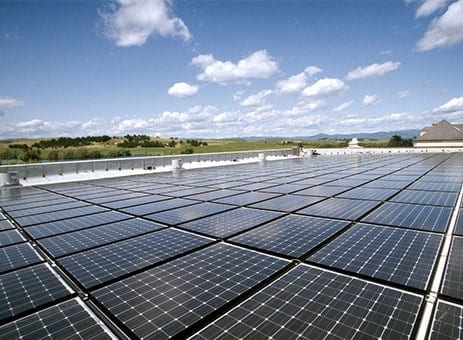
- Domaine Carneros prioritizes recycling of its waste in a responsible manner.
- More than 2/3 of the water used in the winemaking process is re-used.
- Through a consolidated waste management strategy, the winery is able to redirect over 90% of its waste from landfills.
- The winery also sports an extensive solar collection system, which will be expanded upon in 2021; after installation, it will provide the winery with 85% of its total energy needs.
- An early adopter of green winemaking techniques, Cakebread was the second California winery ever to achieve the prestigious Napa Green certification.
- More recently, the winery has invested in microturbines that increase energy efficiency throughout the cellars.
- As part of its comprehensive pest and bird management system, the winery has eschewed artificial pesticides and actually incorporated falcons to ward off bird disturbances.
- Led by biodynamic pioneer Oliver Humbrecht, Domaine Zind-Humbrecht has long been concerned with minimizing its impact on the environment.
- The winery has been Certified Organic and Biodynamic for nearly 20 years.
- Some of the practices that Zind-Humbrecht employs to achieve these certifications include hand-tending its vines and engaging in organic composting.
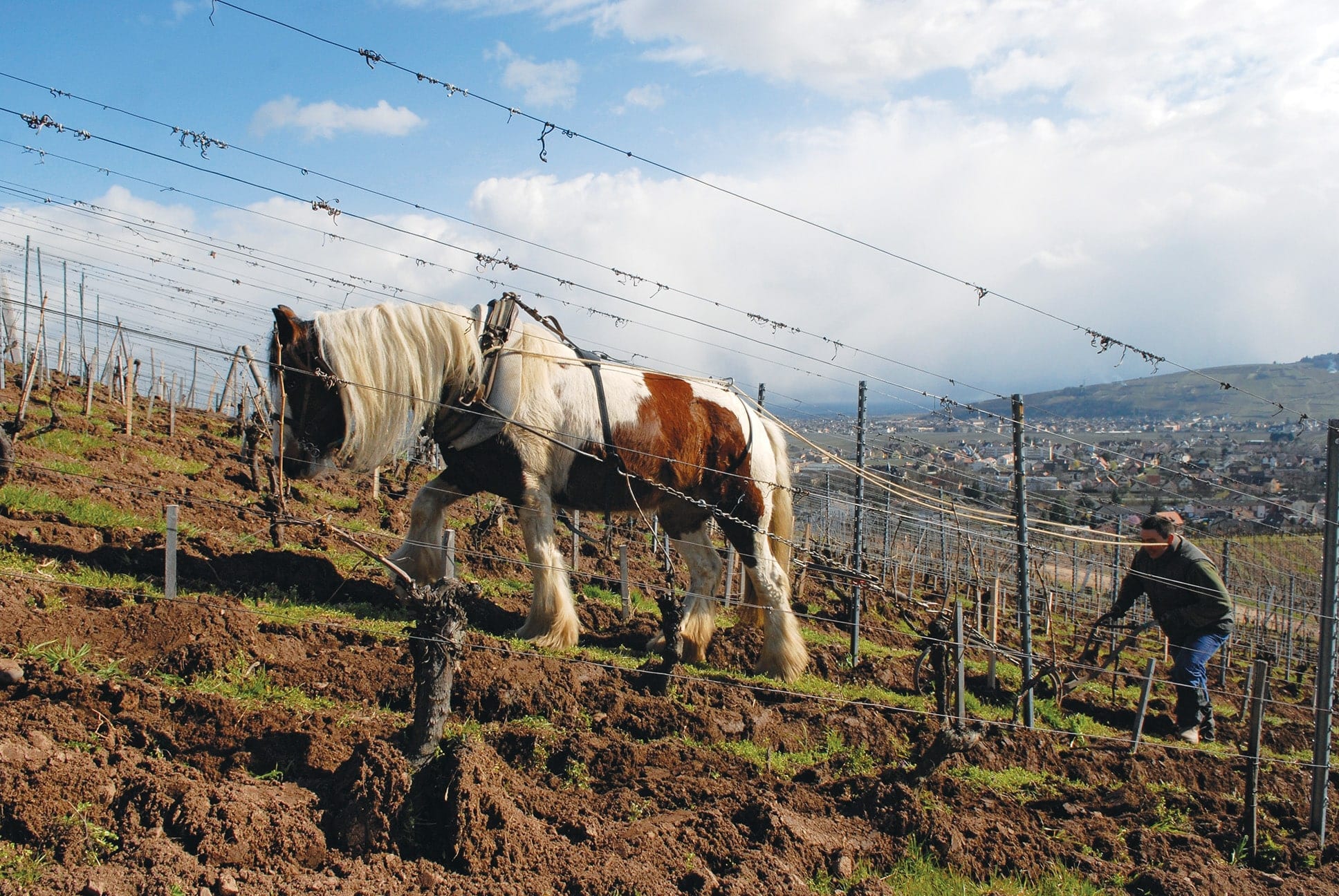
- Beginning with the 2020 vintage, all of Medici Ermete’s 80 hectares are farmed 100% organically.
- The conversion to organic began in 2018, but the process began in spirit decades ago, as the winery has long been committed to sustainable farming practices.
- Additionally, Medici Ermete has established a complex irrigation system that maximizes its winemaking efficiency.
Favorite Selections from this Crop:
- Résonance 2018 Résonance Vineyard Pinot Noir
- Bodega Chacra 2019 Barda Pinot Noir
- Viña Montes 2018 Alpha Chardonnay
- Craggy Range 2020 Te Muna Sauvignon Blanc
- Francis 2018 Sonoma County Claret
- Domaine Carneros N/V Brut Rosé Cuvée de la Pompadour
- Cakebread 2019 Napa Valley Sauvignon Blanc
- Domaine Zind-Humbrecht 2018 Riesling Roche Calcaire
- Medici Ermete 2020 Concerto Reggiano Lambrusco DOC
If you’d like to hear more about sustainable wine production from some of the geniuses behind the wines listed above, consider listening to our Inside Wine Podcast episodes featuring Craggy Range’s Julian Grounds and Sequoia Grove’s Molly Hill
Happy Earth Day!
